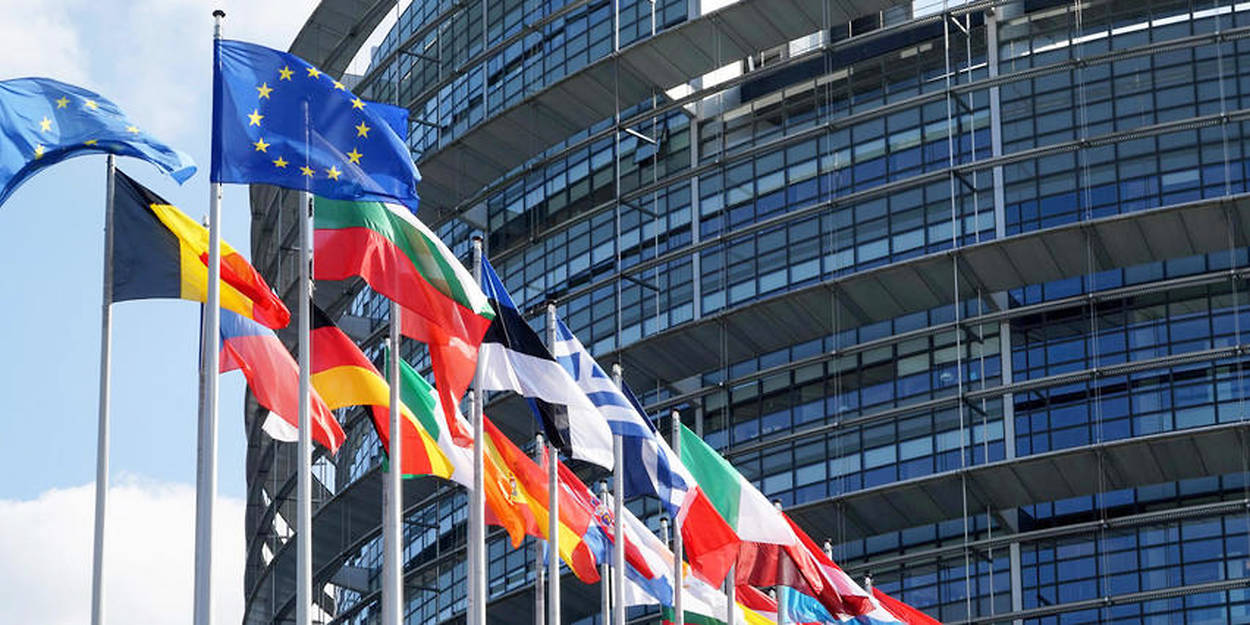For the first time in four years, an EU-China summit will take place on 7-8 December. This summit is an opportune moment to address new challenges amid the changing geopolitical situation and diverging political positions, marking a turning point in China-EU relations.
In recent years, we have witnessed a fluctuation in trade dynamics and political strategy between China and the EU. The post-Covid period has been a period of heightened turbulence, with the start of the war in Ukraine and the problems of China-Europe interaction seeming to take a back seat. However, this week’s official release of the latest EU data highlights the dynamics of just such an intensification.
Eurostat shows that more than one million residence permits will be issued to Chinese nationals in the EU in 2022. Among EU Member States, Italy leads the way in issuing these permits, with around 310 000 (almost 30% of the total). Spain follows closely with around 240 000 permits (23.3%), followed by France with around 120 000 (11.6%).
The reasons for granting residence permits to Chinese nationals vary: family reunification, education, job opportunities, refugee status and other categories. Family-related permits make up the largest segment at 34.5%, followed by employment at 26.2% and education at 8.4%. Refugee status and subsidiary protection account for 2.8%, while other reasons account for 28.1% of the permits issued.
International trade and economic data published by Eurostat for the first three quarters of this year also show that China remains the EU’s main source of imports, although its share has fallen noticeably.
Accordingly, China remains the EU’s third largest export market, albeit with a slight decline in its share. Eurostat attributes this shift to the escalating geopolitical situation, citing influential events such as the crisis in Ukraine as influencing global trade dynamics.



